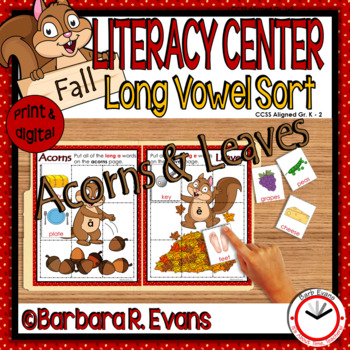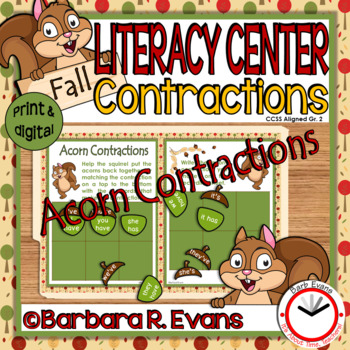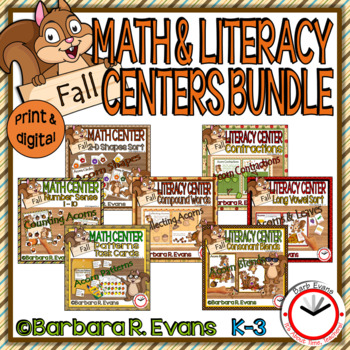It's about time for FALL! That means you'll need fun activities with a fall theme for your elementary classroom.
Acorns are a sure sign of fall and these ACORN CENTERS will bring the feeling of fall into your primary lessons.
4 of these centers focus on ELA skills:
3 centers focus on math skills:
All of these centers are available in print and digitally on TPT Easel. You can also save 30% by buying the bundle!

















